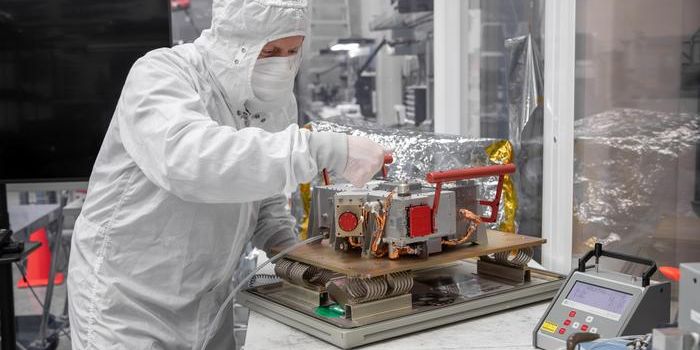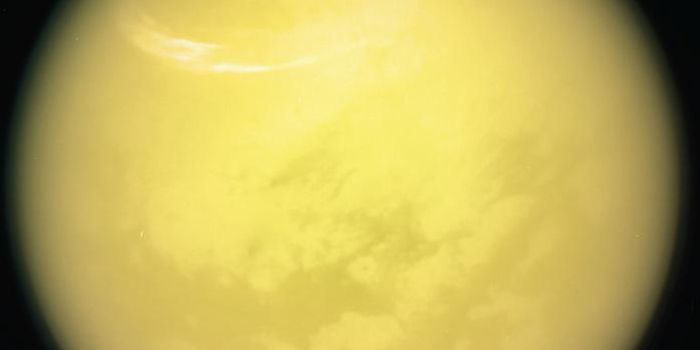How Common Are Planetary Collisions?
Outer space is nothing short of a galactic free-for-all. Space rocks fly in virtually every direction, sporadically impacting larger objects like moons, planets, and even stars. But even planets fall under the former category.
Indeed, even planets occasionally collide with other planets. Albeit uncommon, the situation happens when one world gets a little too close to another and… well… gravity does the rest.
At least two of our solar system’s planets are thought to have been victims of such collisions.
Theoretically, Uranus may have been struck by a smaller planet eons ago, producing the abnormal tilt the world exhibits today. Even the very world we call home likely experienced such a cataclysm; the remains of a smaller planet slamming into Earth may have contributed to the Moon’s formation.
Astronomers continue to search far and wide for clues about planetary collisions, but they're incredibly elusive, which makes gathering data tougher than it may seem. That said, theories power most of our understanding of planetary collisions today.








